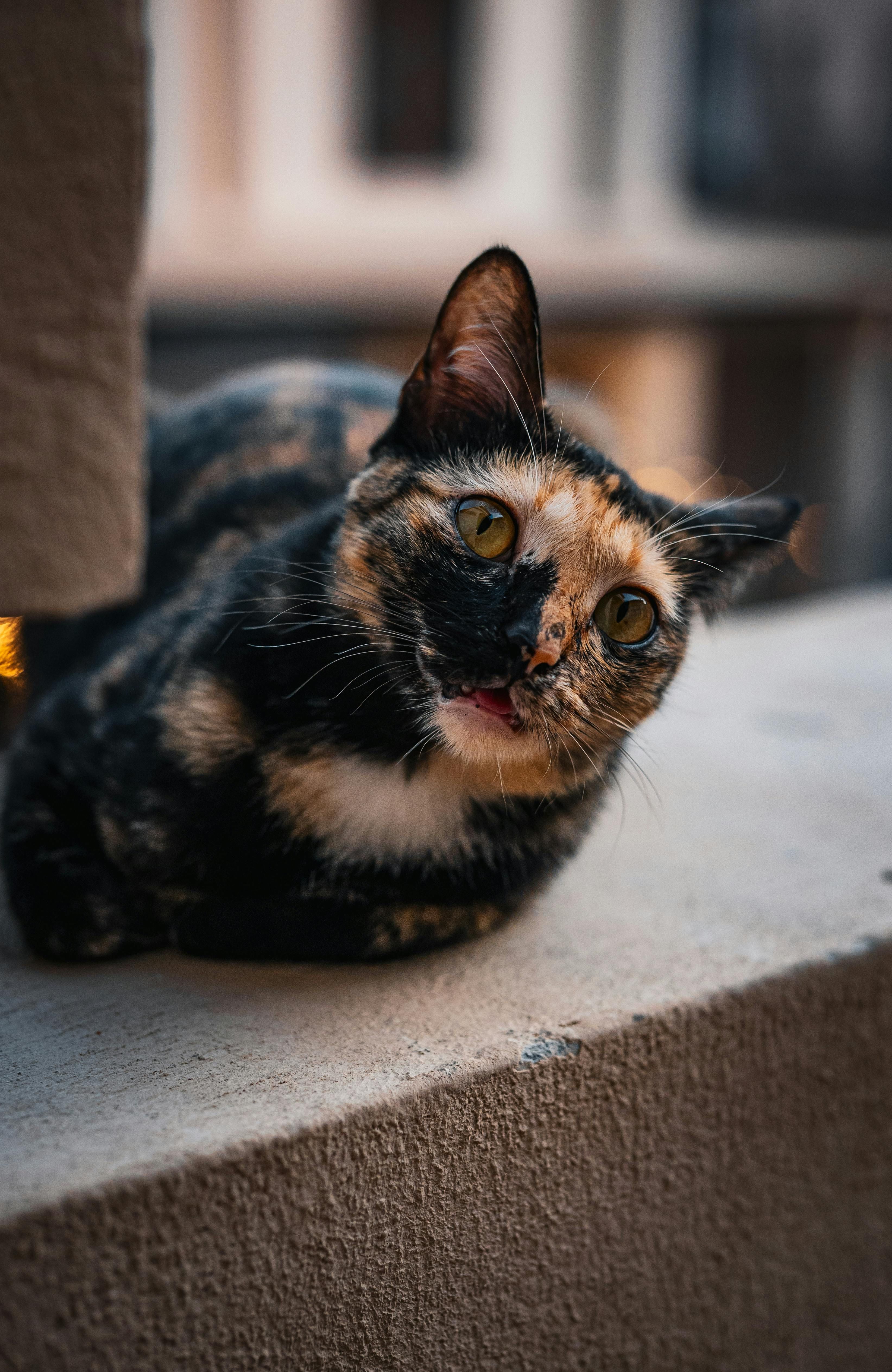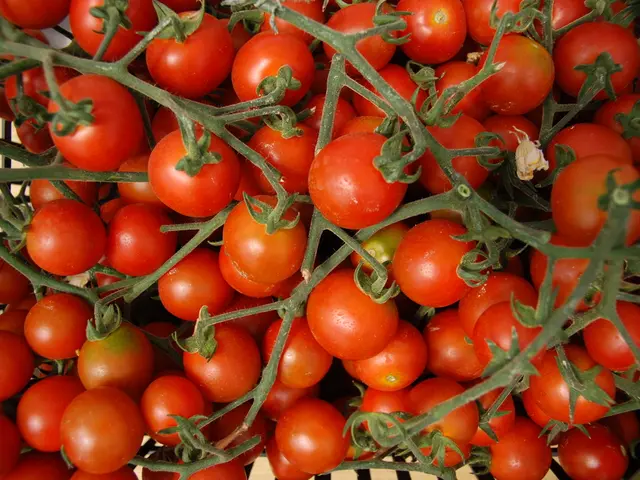Eight Rose Companions to Steer Clear Of:
Shedding Light on Rose Gardening: A Guide to Companion Planting
Roses, with their striking beauty and sweet scent, have captured the hearts of gardeners and poetic souls for centuries. However, cultivating the perfect rose garden requires more than just sunshine and soil. Some plants can be a rose's worst enemy, competing for sunlight, nutrients, and space, thus limiting their growth and blooms. In this article, gardening experts share which plants you should steer clear of if you want your rose bushes to bloom to their full potential.
Anastasia Borisevich, plant expert at Plantum, an app that helps identify plants and improve plant careLucie Bradley, gardening expert at Easy Garden Irrigation
Choosing the Right Rose for Your Garden
Mint
Mint's fast growth can be both a blessing and a curse. While it can deter certain pests from your rose bushes, it can also overpower the rose's delicate fragrance, therefore undermining the rose's ability to attract pollinators. Furthermore, its aggressive nature leads to it covering the ground around your roses, resulting in a competition for water, nutrients, and space, ultimately hindering your rose bush's growth.
Fennel
Fennel is another plant best kept at a distance from your roses. Fennel is a heavy feeder, absorbing essential nutrients such as nitrogen, phosphorus, and potassium from the soil. As a result, it can deprive the roses of the nutrients they need to thrive, leading to poor growth and fewer blooms. Additionally, fennel can attract pests like aphids and diseases such as powdery mildew and black spot, threatening the health of your roses.
Hydrangeas
Hydrangeas, with their preference for shade, are not compatible neighbors for roses. Roses benefit from direct sunlight; however, a lack of sunlight can weaken their stems, produce smaller blooms, and stunt overall growth. Shade-loving plants like hydrangeas are detrimental to the growth of roses due to the contrasting light requirements for both plants.
Sunflowers
While sunflowers and roses both thrive in full sunlight, sunflowers pose a problem due to their heavy feeding and deep root systems. Sunflowers are a popular annual, but their nutrient-hungry nature can deprive your roses of the necessary nitrogen, phosphorus, and potassium they need to flourish. Furthermore, their widespread root system will dominate the soil, suffocating your roses and preventing them from establishing a strong root system for optimal blooming.

Morning Glory
Morning glories, with their rapid growth and ability to climb, pose a threat to your rose garden. The strong vines can wrap around your roses, harming the fragile stems and hindering the plant's ability to get the necessary sunlight for growth. Below ground, their root systems compete with those of roses for water and nutrients, impacting the overall growth of your roses.
Lilac
Although lilacs and roses might seem to complement each other, their similarities can lead to competition for water and nutrients. Their extensive root systems mean that these two plants would constantly compete for resources in the soil, resulting in stunted growth and fewer blooms. Moreover, both lilacs and roses are susceptible to powdery mildew, making them dangerous neighbors when planted too closely together.
Canna Lilies
Canna lilies can overpower roses if planted too close. With their vibrant colors and tall stature, canna lilies are an attractive addition to your garden. However, they possess aggressive root systems that can quickly overtake the space around roses, preventing the rose bushes from receiving the necessary sunlight to thrive.
Walnut Trees
Walnut trees contain toxic compounds called juglone that can harm roses by causing leaves to turn yellow, shoots to wither and die. Juglone accumulates in the soil's root zone, so it's best to keep walnut trees as far away from your rose bushes as possible.
Tips to Help Your Roses Thrive
- To encourage the growth and health of roses, avoid planting several types of plants near them.
- Keep walnut trees far from your rose bushes to prevent the release of toxic compounds.
- Be cautious of fast-growing plants like mint and fennel, which can overshadow or outcompete roses for resources.
- Hydrangeas, sunflowers, morning glory, lilac, canna lilies and Japanese spiraea should be kept at a distance from your rose garden to avoid excessive shade or competition for resources.
- Avoid planting roses under trees, in wet soil, or near disease-harboring plants.
- [1] Gardening Know How
- [2] Better Homes & Gardens
- [3] The Spruce
- [4] Gardener's Path
- [5] The Rose Coach
Roses, often allies of gardeners and admirers, demand considerate companions in the garden. Mint, with its swift growth, can overshadow roses, affecting their fragrance and competing for resources. Fennel, a heavy feeder, draws essential nutrients away from the roses, hindering their growth and blooms.
Hydrangeas, preferring shade, challenge the light requirements of roses, weakening their stems and producing smaller blooms. Sunflowers, though sunlight enthusiasts like roses, have deep root systems that deprive roses of necessary nutrients and space. Morning glories, with their rapid growth and root systems, can harm roses by obstructing sunlight and competing for resources.
Lilacs, despite their allure, compete with roses for water and nutrients. Canna lilies, with their vibrant colors and aggressive root systems, can overpower roses if planted too close. Walnut trees, laden with juglone, pose a threat to roses as these toxic compounds can cause leaves to turn yellow and shoots to wither.
To ensure the prosperity of roses, maintain a reasonable distance from fast-growing plants, hydrangeas, sunflowers, morning glory, lilac, canna lilies, and Japanese spiraea. Avoid planting roses under trees, in wet soil, or near disease-harboring plants. Home-and-garden experts from Gardening Know How, Better Homes & Gardens, The Spruce, Gardener's Path, and The Rose Coach all agree on these practices.








